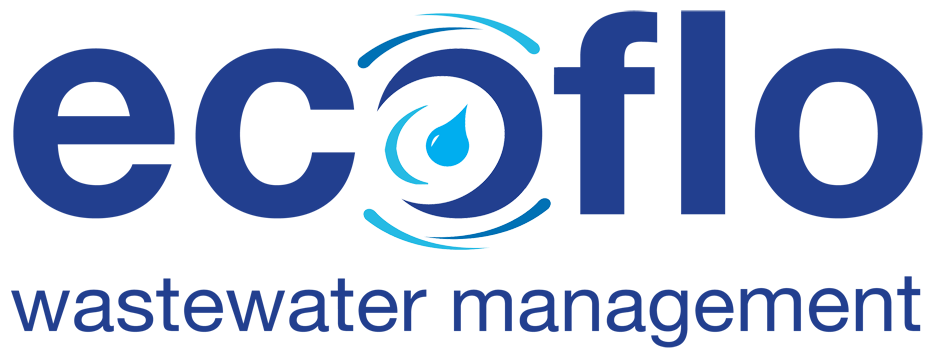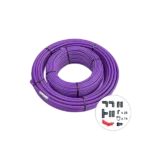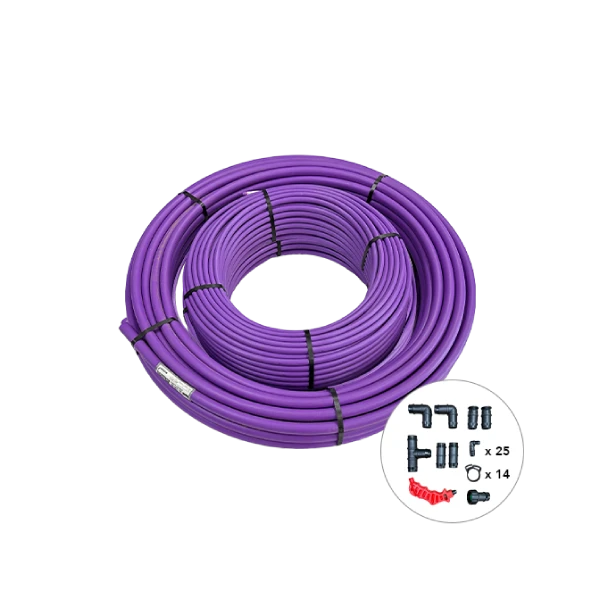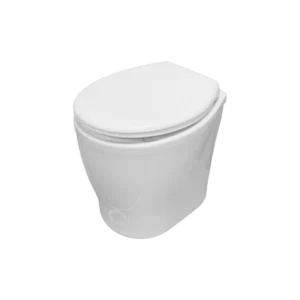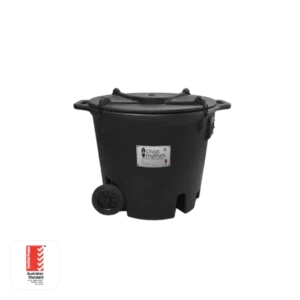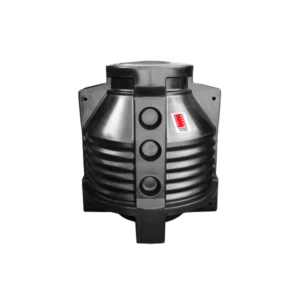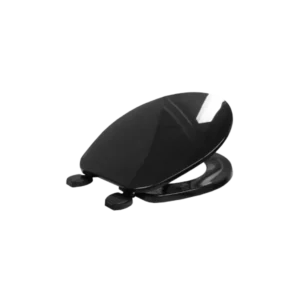Greywater Complete Drip Tube Kit
Hoses and fittings required for greywater dispersal
$445.00
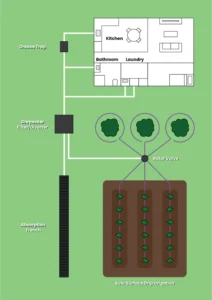 Transform your domestic garden into a sustainable oasis with our Drip Tube Kit, designed to facilitate the efficient subsurface dispersal of greywater. Ideal for enhancing the health and vitality of your garden, this kit connects seamlessly to your greywater filter, allowing for direct application to citrus trees, flower beds, or any non-potable site within your garden.
Transform your domestic garden into a sustainable oasis with our Drip Tube Kit, designed to facilitate the efficient subsurface dispersal of greywater. Ideal for enhancing the health and vitality of your garden, this kit connects seamlessly to your greywater filter, allowing for direct application to citrus trees, flower beds, or any non-potable site within your garden.
Enhance Your Garden's Health
This drip tube kit is perfect for gardeners looking to make the most out of their greywater system, providing a controlled and efficient way to water your garden while conserving valuable resources. Whether you're nurturing citrus trees, vibrant flower gardens, or other non-potable applications, this kit has everything you need for a successful installation.
Complete Drip Tube Kit inclusions:
- 1x 50m Hose (⌀25mm):
- Provides the main conduit for transporting greywater from the filter to the drip lines.
- 1x 100m Drip Line (⌀13mm):
- Ensures even distribution of water directly to the root zones of your plants.
- 1x Punch Tool:
- Essential for creating precise holes in the hose for drip line insertion.
- Hose Fittings:
- Includes all necessary components to secure and connect various sections of the hose and drip line.
- 25x Take-Off:
- Allows multiple drip lines to be connected and distributed from a single hose.
- 14x 25mm Ratchet Clamps:
- Ensures a tight and secure connection of hoses and fittings to prevent leaks.
- 2x 25mm Joiners:
- Used to connect two sections of hose or pipe for extended reach.
- 2x 25mm Elbows:
- Provides directional changes in the hose layout, facilitating flexible installation.
- 2x 25mm Barb Plugs:
- Used to seal off unused ports or sections of the hose system.
- 1x Hose Tail:
- Facilitates a smooth transition from the hose to other components.
- 1x 25mm Tee:
- Allows for branching of the hose into multiple directions, enabling versatile irrigation setups.
Discover More About Greywater
Learn more about how greywater can be effectively utilized to support sustainable gardening practices and find answers to common questions.
Additional information
| Weight | 12 kg |
|---|---|
| Dimensions | 103 × 100 × 15 cm |
| Brand |
